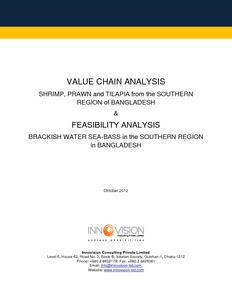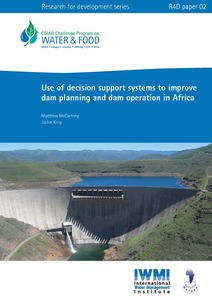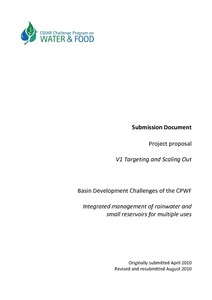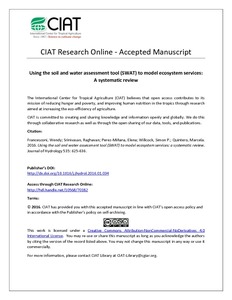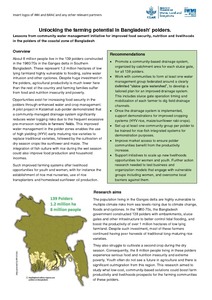Value chain analysis: Shrimp, prawn and tilapia from the southern region of Bangladesh and feasibility analysis: Brackish water sea-bass in the southern region in Bangladesh
The WorldFish Center is implementing the FtF Aquaculture Project in 20 southern districts in Bangladesh. The project is implemented under USAID’s Feed the Future initiative in collaboration with the Government of Bangladesh.

